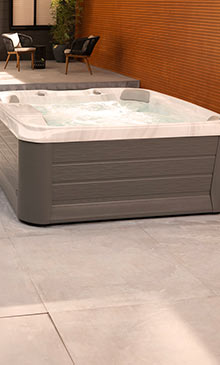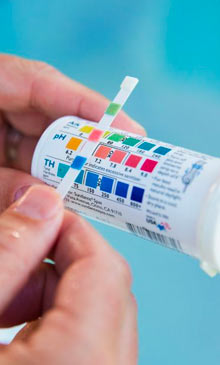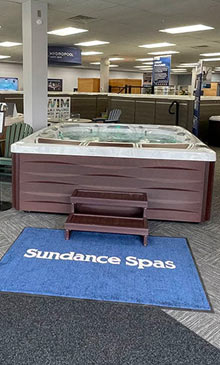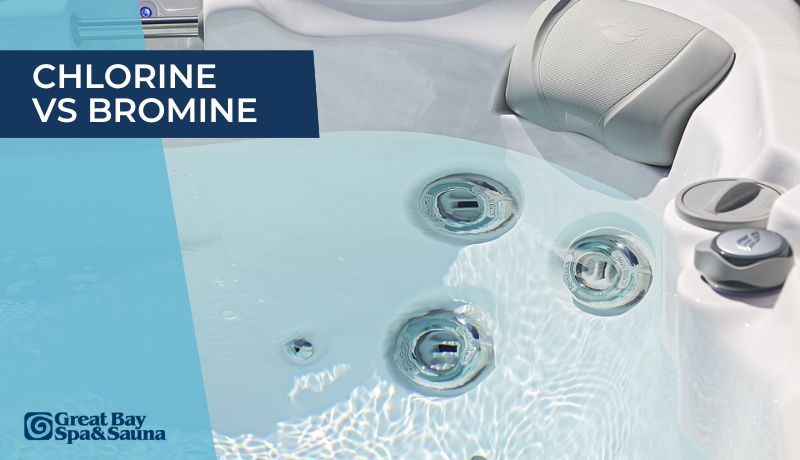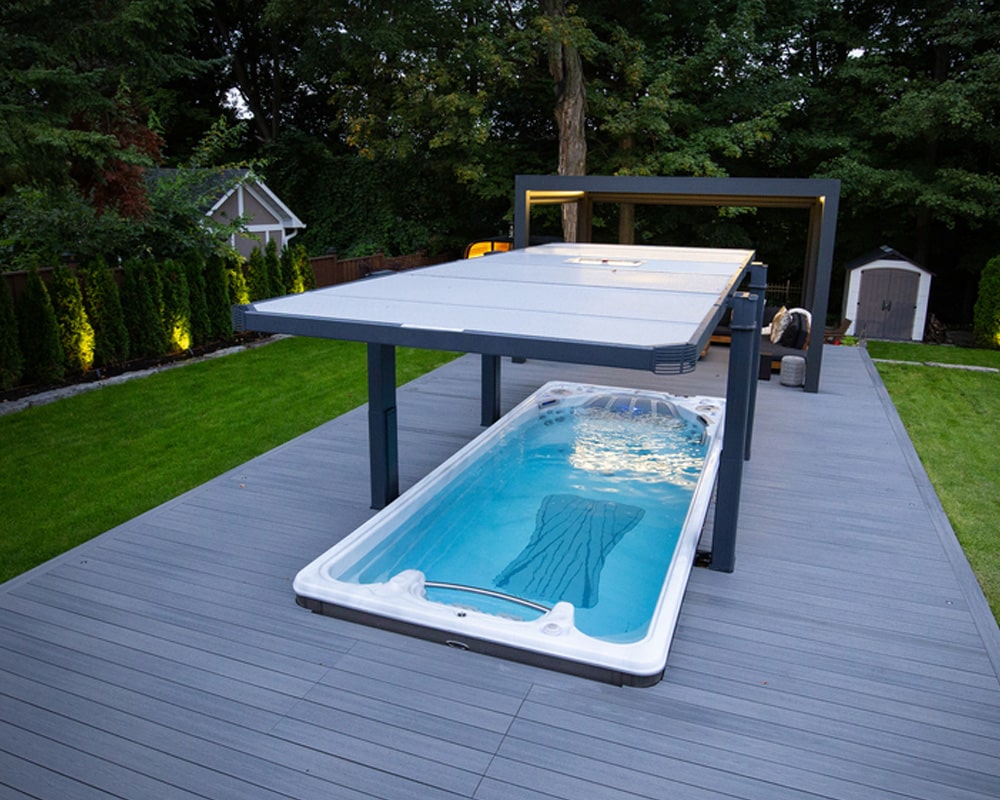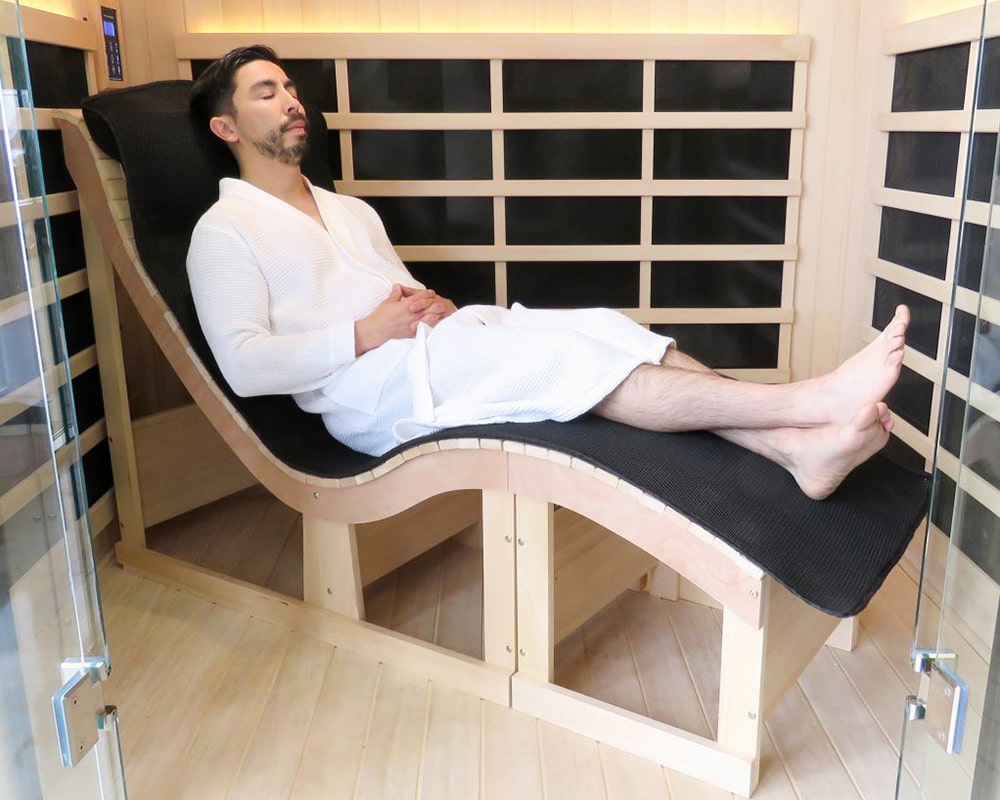When it comes to maintaining a hot tub, there are several factors to consider, such as water chemistry, system filtration, and regular cleaning. One of the most critical aspects of hot tub maintenance is choosing the right sanitizer to keep the water clean and free of harmful bacteria.
The two most commonly used sanitizers for hot tubs are chlorine and bromine. While both are effective at killing bacteria, they have distinct differences that may impact your choice.
In this blog post, we’ll take a closer look at chlorine and bromine, their benefits and drawbacks, and help you make an informed decision for your hot tub maintenance routine.
Why Do You Need Chemicals to Clean a Hot Tub?
Water-sanitizing chemicals, well, sanitize. They work by eliminating contaminants and killing germs and bacteria, keeping the water safe to use both by hygiene and health standards alike.
What Are the Pros and Cons of Cleaning Spas with Chlorine?
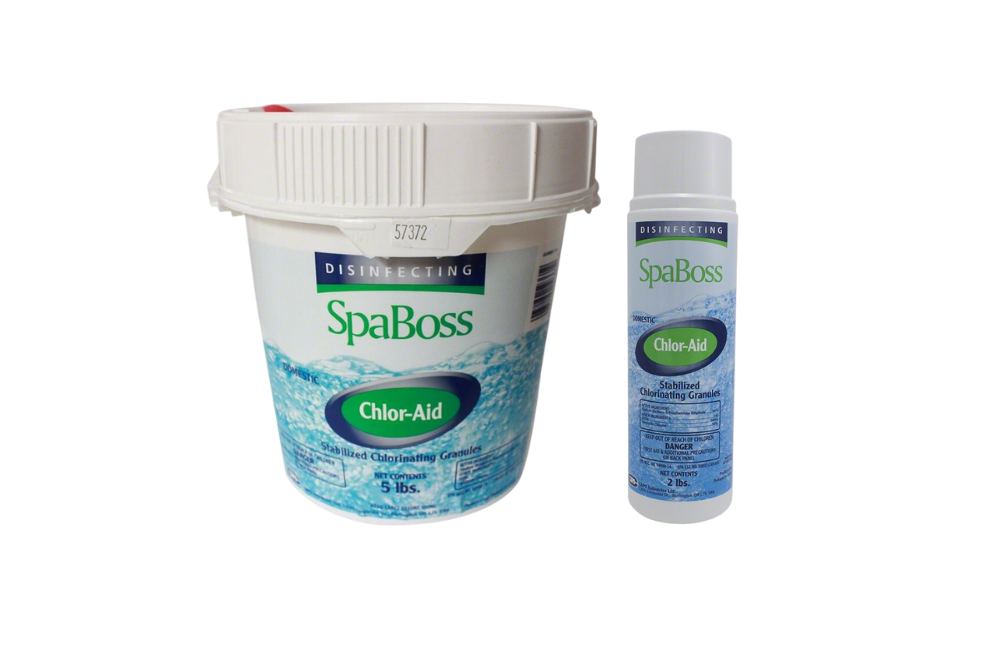
When it comes to choosing the right chlorine product for hot tub water care, it’s crucial to understand the pros and cons associated with different options. We recommend Chlor-Aid, or other brands that contain Sodium Dichloro-S-Triazinetrione Dihydrate as the active ingredient as well as FROG® @ease® Sanitizer Systems for maintaining hot tub water.
Unlike trichlor products commonly used in pools, which can be harmful to hot tubs, Sodium Dichloro-S-Triazinetrione Dihydrate is specifically formulated for hot tubs and provides effective sanitization without causing damage.
It’s also important to understand that not all chlorine products are created equal. Some popular chemical brands available in big box stores may mix chlorine with other ingredients, such as calcium, which can lead to issues like scaling and other water problems, particularly in areas with hard water like New England.
Chlorine is easier to get than bromine. You can buy chlorine at pool supply stores, hardware shops, or online outlets—making it more accessible. You also have options in terms of how the product comes, whether you purchase a sanitizer in tablet, stick, or granule form for your hot tub.
Another factor to keep in mind with chlorine is that with traditional chlorine-based cleansers, you need to dissolve them in a bucket of water first. With Chlor-Aid however, you can add it directly into your tub, saving you time and effort while maintaining the cleanliness and sanitization of your hot tub water.
The downside to this chemical is chlorine’s chemical process for sanitizing water. When added to water, chlorine products create hypochlorous acid, the compound responsible for killing germs. In doing so, this process also creates a foul-smelling by-product called chloramine. If your hot tub has a lot of contaminants at the time you clean it, the odor will be much stronger.
Another drawback to using chlorine is safety. Chlorine is a chemical that requires you to take special care while using it, including wearing protective gear to protect your eyes, mouth, and skin from direct exposure.
What Are the Pros and Cons of Cleaning Spas with Bromine?
At a molecular level, bromine operates differently by triggering oxidation, and using ionization – a completely different process than chlorine.
While chlorine releases pungent byproducts, bromine-based water sanitation products break down contaminants and continue sanitizing the water with less odor. Bromine also doesn’t irritate the skin as much as chlorine upon exposure.
Still, the biggest pro about using bromine is its versatility. It’s not a single-use product.
Once chloramines overpower a body of water – including a hot tub – you’ll need to “shock” the hot tub’s water and start the cleaning process again. With bromine, the chemical is reactivated during a hot tub’s “shock” so you will get a longer cleaning life out of the product.
Bromine is typically labeled as a “chlorine-free” water sanitizer, but it only comes readily available in tablet form while chlorine has some variety. While bromine granules are out there, they take longer to dissolve and build up to adequate levels – making them not ideal.
Lastly, bromine costs significantly more to sanitize your hot tub than chlorine.
Another big issue with bromine is that it is acidic. If it’s not closely monitored, it will lower the pH in the hot tub. Over a long period of time with low pH, components in the hot tub will start breaking down. This can cause thousands of dollars of damage to your hot tub or destroy it completely.
Bromine also costs significantly more to sanitize your hot tub than chlorine.
What Do We Recommend?
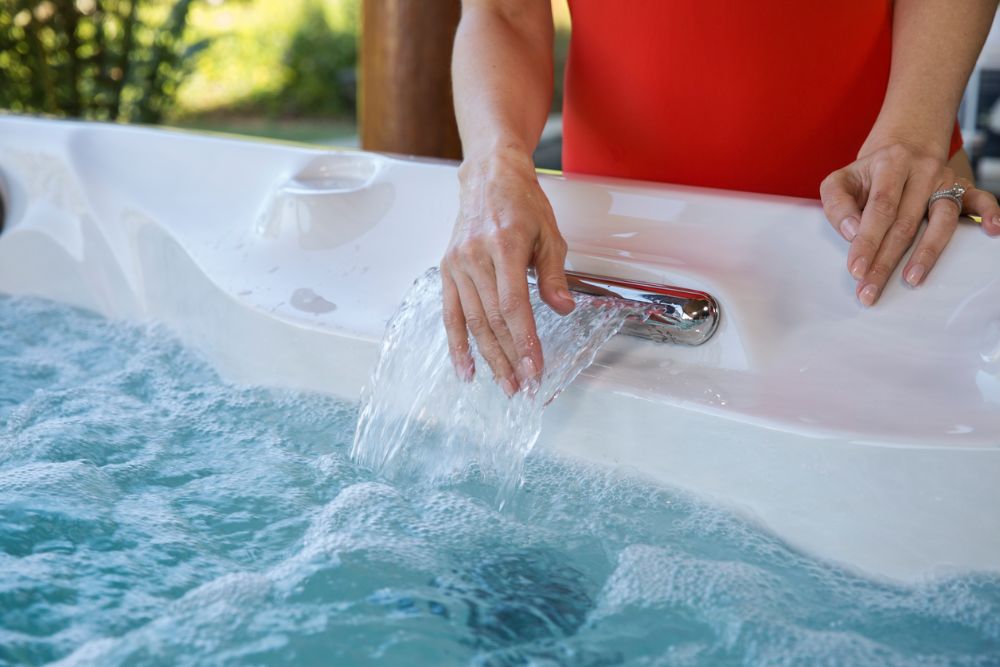
Both chlorine and bromine are effective in sanitizing hot tub water, and the choice between the two often comes down to personal preference. Chlorine is readily available and commonly preferred by many people, even though it requires additional work and ongoing application.
If your hot tub is located indoors, you may want to opt for bromine because it’s known to be less pungent.
However, we recommend Chlor-Aid or free chlorine, whether you have an indoor or outdoor hot tub. These substances don’t need to be active in the water while you’re using the hot tub so you can enjoy your hot tub with zero chlorine in the water, creating an atmosphere similar to taking a fresh bath.
One factor to keep in mind is that for substances like bromine and salt systems that generate chlorine, there will always be active chlorine or bromine present in the water.
To further explain, salt systems (chlorine generators) utilize electrolysis to convert salt into chlorine to sanitize the water. They’ve made a resurgence in recent years, but there are some considerations when using a salt water system hot tub. One concern is the corrosive nature of salt, particularly towards certain metals such as brass and copper. Salt water systems can also lead to higher chlorine levels and may require frequent chemical balancing to maintain water chemistry. Another drawback is the increased likelihood of calcium deposits in the tub, which can be challenging to clean and potentially shorten the lifespan of various components within the hot tub.
Therefore, if you have sensitive skin or desire a more natural and refreshing water experience while using your hot tub, Chlor-Aid, free chlorine, or Sodium Dichloro-S-Triazinetrione Dihydrate are the optimal choices to consider.
Lastly, check your hot tub’s user manual. Some manufacturers will recommend a specific chemical for cleaning.
Visit Great Bay Spa & Sauna for Your Next Spa Purchase or for Expert Cleaning Tips
If you’re interested in learning more about how to properly sanitize your hot tub, we have a wealth of information available to help you out. In addition to chlorine and bromine, we also offer information on salt water sanitizer systems and the pros and cons of using them.
Contact us for more details on maintaining hot tubs and spas to extend their lifespan.
